Water is an essential component of our lives, and it plays a crucial role in our overall health and well-being. When it comes to babies, it becomes even more critical as their immune systems are not fully developed, making them vulnerable to various illnesses and infections. Therefore, it is essential to ensure that the water we use for our babies is of the highest quality.
In this blog, we will discuss the impact of water quality on your baby’s health and development. We will also explore the different types of water available and which ones are best suited for your baby. So, let’s dive in and understand why water quality matters for your little one’s health and well-being.
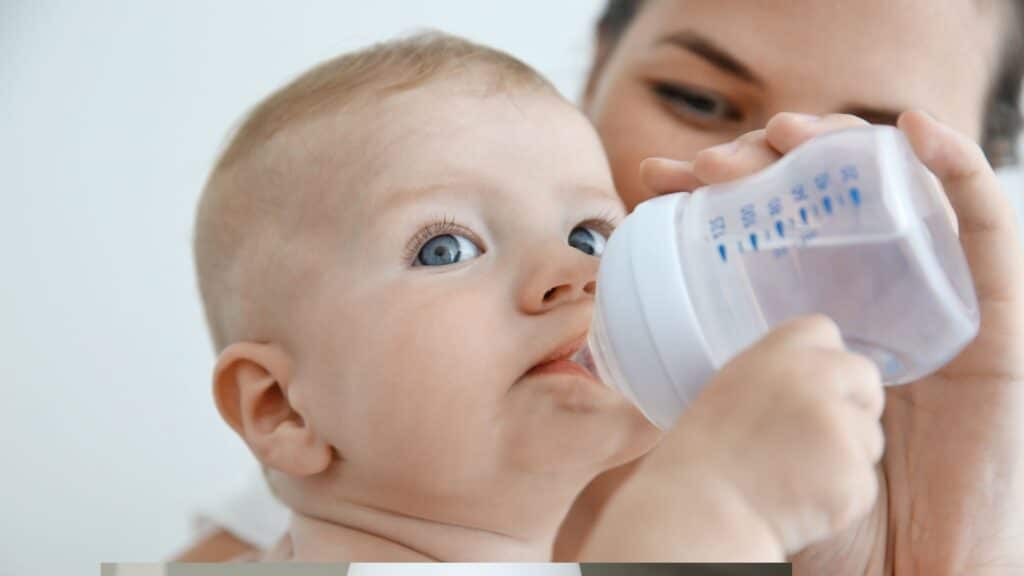
Understanding Water Quality
Water quality is important to the health and wellbeing of humans, animals, plants and ecosystems. Understanding water quality is more than just looking at a surface level indicator. Water can have different types of pollutants, many which are invisible to the naked eye.
Some of the most common drinking water contaminants include bacteria, viruses, algae, pesticides, herbicides, metals, and industrial chemicals. These contaminants can be harmful to human health and cause a range of illnesses, from mild stomach discomfort to serious diseases like cancer.
To ensure that water systems provide safe drinking water, the Safe Drinking Water Act was established in 1974. This law regulates public drinking water systems, including community water systems, to protect human health from contaminants in drinking water.
However, even with regulations in place, contaminants can still make their way into water systems, such as lead service lines that may leach lead into drinking water. This is why community water systems are required to test their water regularly and provide a Consumer Confidence Report, which informs consumers about the water testing results and any water pollution issues.
The quality of water is especially important for vulnerable populations, such as infants who rely on formula prepared with water. It’s crucial for parents to ensure that the water used in baby formula is safe and free from contaminants.
Overall, understanding water quality is essential for maintaining children’s health and ensuring safe drinking water. By staying informed about water testing results and taking steps to reduce exposure to contaminants, we can protect ourselves and our communities from the harmful effects of drinking water contaminants.

Factors That Affect Water Quality
There are several factors that can affect water quality. Some of the most common factors include:
Source of Water
The source of water can play a significant role in determining water quality. Surface water, such as lakes and rivers, may be more vulnerable to contamination from human and animal waste, agricultural runoff, and other pollutants. Groundwater, on the other hand, is often considered to be of higher quality because it is filtered naturally by the soil and rock layers.
Additionally, the source of water can affect the taste and odor of the water. It’s important to note that water should be tested regularly to ensure its safety for drinking as it may be contaminated with harmful chemicals or bacteria. While public water systems are required to test for and address lead in drinking water, lead can still be present in older homes with lead pipes or plumbing fixtures.
Seasonal Changes
Seasonal changes can affect the quality of drinking water for babies. For instance, heavy rainfall or snowmelt during the spring season can cause runoff, which can introduce contaminants into nearby water sources. In some cases, public water systems may need to increase their treatment processes to ensure the safety of the drinking water supply.
Furthermore, during the summer season, higher temperatures can lead to an increase in harmful bacteria and algae growth in water sources, which can negatively impact water quality. Parents should also be aware of potential changes in water quality that may occur during the fall and winter seasons, such as changes in water temperature and dissolved oxygen levels.
Human Activity
Human activity can have a significant impact on water quality. Activities such as industrial production, agriculture, and urban development can release pollutants into waterways. Discharge from wastewater treatment plants and improper disposal of household chemicals can also contribute to water contamination.
Natural Events
Natural events such as earthquakes, landslides, and wildfires can impact water quality by introducing sediment, chemicals, and other pollutants into waterways.
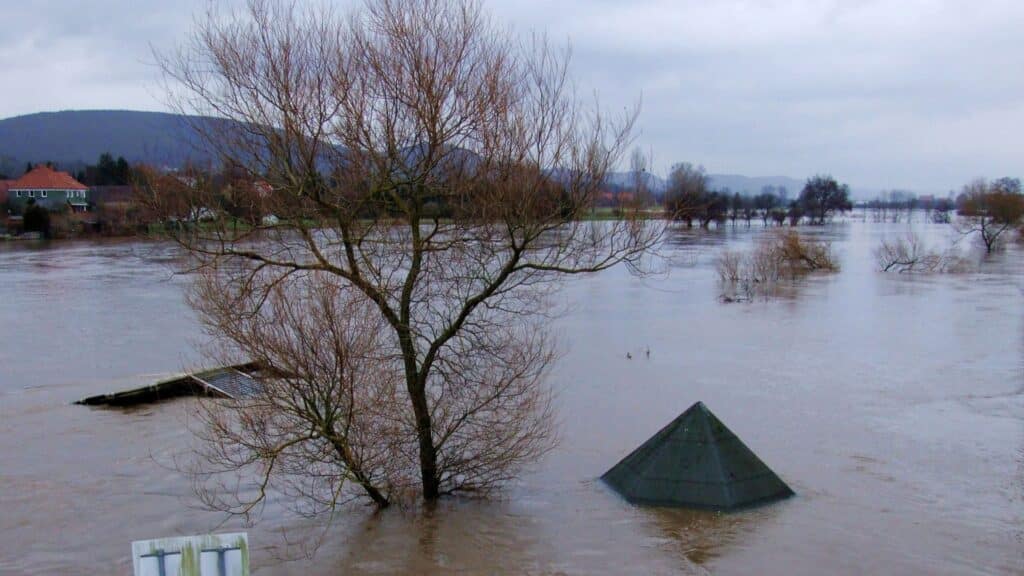
Treatment and Distribution
The treatment and distribution of water can also impact its quality. For example, inadequate treatment or poorly maintained distribution systems can lead to the presence of harmful bacteria, viruses, and parasites in drinking water.
Climate Change
Climate change is another factor that can affect water quality. Rising temperatures can increase the growth of harmful bacteria and algae in waterways, while changes in precipitation patterns can alter the volume and quality of available water resources.
Aging Infrastructure
Aging infrastructure is a significant concern when it comes to ensuring the quality of drinking water. More water systems across the country were built decades ago, and the pipes and other infrastructure are now in need of repair or replacement. This aging infrastructure can introduce contaminants such as lead into drinking water, which can have serious health effects, particularly for child’s development.
One of the most common sources of lead in drinking water is lead service lines, which connect a home’s pipes to the water main in the street. These lines were commonly used in homes built before the 1950s, and many still exist in older neighborhoods. Over time, lead can leach into the water as it flows through these pipes, increasing the risk of lead exposure for residents.
Water utilities can take steps to reduce exposures to lead by replacing lead service lines and improving treatment processes to minimize the risk of lead leaching from home’s pipes. Homeowners can also take steps to reduce their exposure to lead by flushing their taps before use and using a certified water filter that is designed to remove lead.
In addition to lead service lines, aging infrastructure can also lead to other issues, such as leaks and breaks in pipes, which can introduce contaminants into drinking water. Regular maintenance and repair of water infrastructure is essential for ensuring the quality of drinking water and protecting public health.
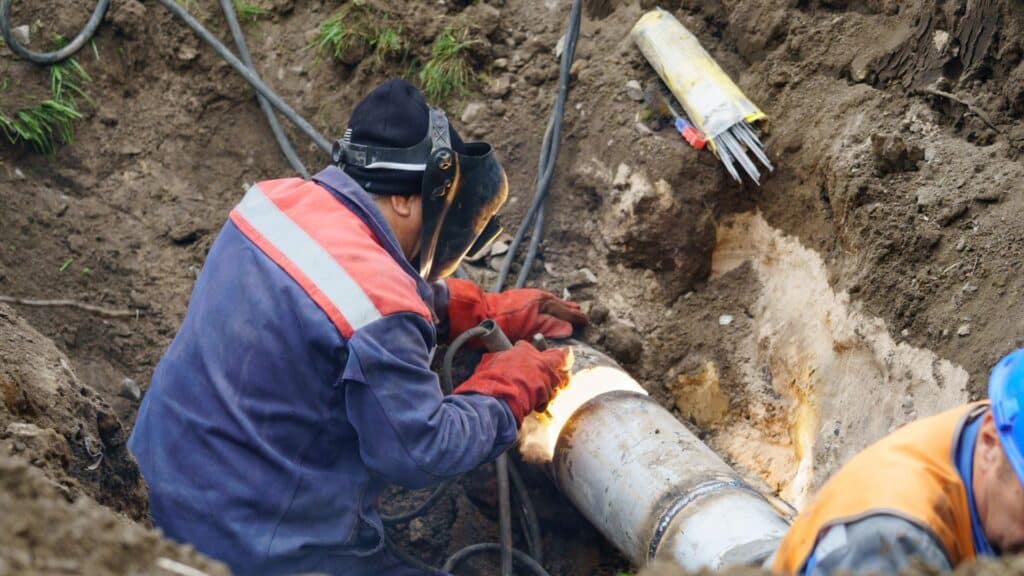
Overall, it is essential for water utilities and homeowners to address the issue of aging infrastructure and take proactive steps to maintain and replace aging pipes and other infrastructure. By doing so, we can help ensure the safety of our drinking water and reduce the risk of negative health effects for ourselves and our communities.
The Impact of Water Quality on Baby Health
Water quality has a significant impact on baby health, particularly for infants who are bottle-fed and consume infant formula made with tap water. The Safe Drinking Water Act (SDWA) regulates public water systems to ensure the safety of drinking water, but pregnant women and bottle-fed infants may be at a higher risk of exposure to contaminants that can negatively affect infant health.
Studies have shown that infants exposed to high levels of lead in drinking water can experience negative outcomes, including poorer birth outcomes such as low birth weight and preterm birth. Lead levels in a child’s blood have also been linked to developmental delays and other health effects.
While the SDWA regulates public water systems, private wells and other sources of water are not routinely monitored for contaminants. It is essential for parents to take steps to ensure the safety of their baby’s drinking water, such as having well water tested regularly and using a filtration system if necessary.
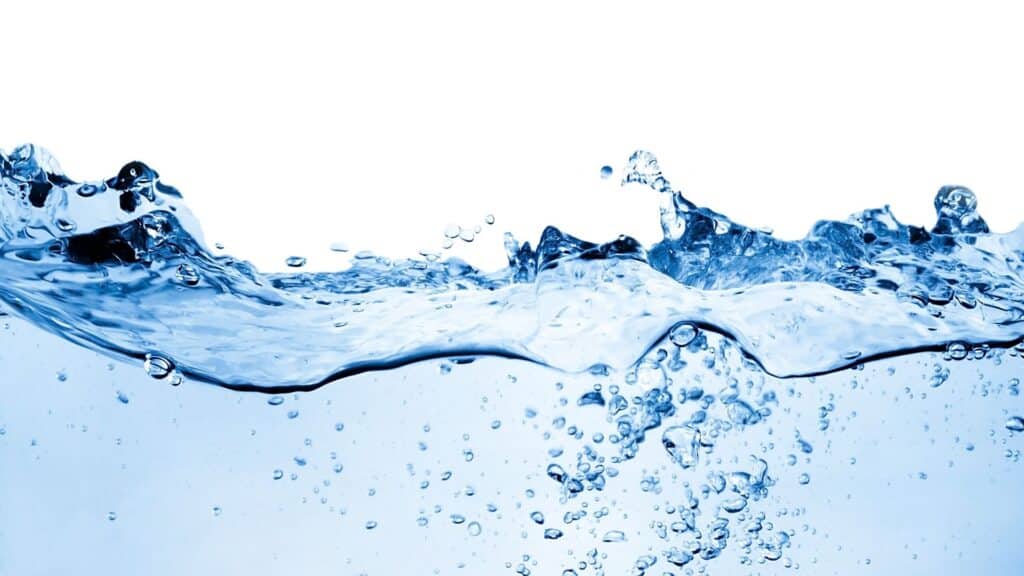
Parents should also be aware of the copper rule, which regulates the amount of copper that can leach from pipes and fixtures into drinking water. Infants exposed to high levels of copper in their drinking water may be at a greater risk of serious effects on their health and development.
Potential Health Risks Associated with Poor Water Quality
Poor water quality can pose a significant health risk, particularly for infants and young children. Here are some potential health risks associated with poor water quality:
Gastrointestinal Illness
Exposure to contaminated drinking water can cause gastrointestinal illness, such as diarrhea, vomiting, and stomach cramps.
Respiratory Problems
Contaminated drinking water can also lead to respiratory problems, especially in child with weaker immune systems.
Skin Irritation
Poor water quality can cause skin irritation, rashes, and other skin problems.

Developmental Problems
Some contaminants in water, such as lead, can cause developmental problems in infants and young children.
Neurological Problems
Exposure to certain contaminants, such as mercury, can cause neurological problems, such as seizures and developmental delays.
How Good Water Quality Can Improve Baby Health
Good water quality is essential for ensuring that your baby stays healthy. Here are some ways that good water quality can improve your baby’s health:
Proper Hydration
Good water quality ensures that your child stays hydrated and healthy.
Improved Digestion
Drinking clean water can help improve digestion and reduce the risk of gastrointestinal illness.
Reduced Exposure to Contaminants

Good water quality can reduce your baby’s exposure to harmful contaminants that can cause a variety of health problems.
Enhanced Brain Development
Proper hydration and reduced exposure to contaminants can promote healthy brain development and reduce the risk of developmental problems.
Better Skin Health
Good water helps to remove toxic chemicals and germs from the body of babies, which prevents them from developing infectious diseases like jaundice and gastroenteritis.
Primary Types of Water Sources for Babies
As a parent, it is crucial to ensure the health and safety of your baby, and one significant aspect of this is choosing the right water source for them. This column will provide an overview of the primary types of baby water sources, including tap water, filtered water, spring water, distilled water, and low-fluoride bottled water.
Tap water
Tap water is a readily available and convenient option for mixing infant formula. However, it is essential to ensure that the tap water in your area is safe for consumption. The Centers for Disease Control and Prevention (CDC) recommends using fluoridated water to prepare infant formula. However, you need to remember that while fluoride is essential for dental health, too much fluoride can cause dental fluorosis [1]. If you are concerned about the fluoride content in your tap water, you can check with your local water authority.
Filtered water
Filtered water is another option for preparing your baby’s prepared formula. This type of water has been filtered through a process that removes impurities and contaminants. Choosing a filtration system that effectively removes contaminants while retaining essential minerals is important. Filtered water is ideal for mixing baby formula, as it retains the benefits of tap water while providing a cleaner taste.
Spring water
Spring water is sourced from natural springs and is known for its mineral content. However, not all spring water is suitable for babies. When selecting spring water for your baby’s formula, look for low-fluoride bottled water to avoid the risk of too much fluoride.
Distilled water
Distilled water is the purest form of water, as it has been processed to remove all impurities and minerals. Can babies have distilled water? Yes, distilled water is safe for babies, but it lacks essential minerals found in other water sources. While it can be used to mix infant formula, there may be better options in terms of taste and mineral content.
Bottled water
Bottled water is another alternative for your baby’s prepared formula. When choosing bottled water, it is essential to look for low-fluoride options, as too much fluoride can harm your baby’s developing teeth. Be cautious, though, as some bottled water may contain a high sodium level, which is unsuitable for babies.
Regardless of the water source you choose, it is essential to follow the instructions on the powdered formula packaging to avoid water intoxication. Boiling water can also help eliminate potential contaminants; however, it is crucial to cool it to the appropriate temperature before mixing it with the formula. Always consult your pediatrician for personalized advice on the best water source for your baby’s needs.
Ensuring Safe Water for Your Baby
Here are some ways to ensure that your child is getting safe water:
Use a Water Filter
Consider using a water filter to remove contaminants from your tap water. There are several types of filters available, such as activated carbon filters and reverse osmosis filters, that can effectively remove different types of contaminants.
Boil Water
If you’re unsure about the quality of your tap water, boil it for at least one minute to kill any harmful bacteria or viruses that may be present.
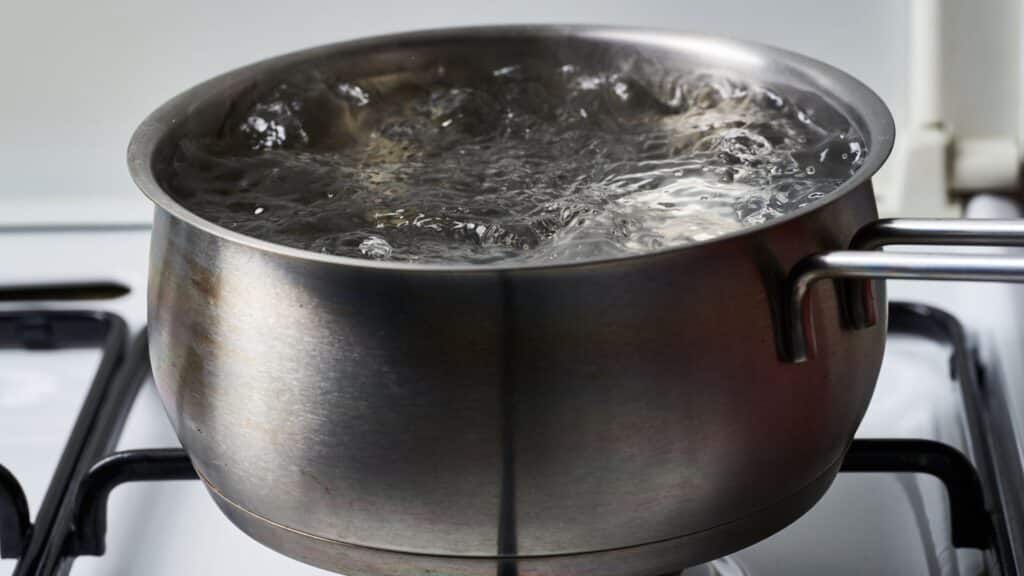
Use Bottled Water
You can also use bottled water that’s labeled as “purified” or “distilled” to prepare baby formula or for drinking water.
Consider a Water Delivery Service
If you’re concerned about the quality of your tap water, you can also consider using a water delivery service that provides bottled water.
Test Your Water
Get your water tested by a certified laboratory to check for contaminants. This will help you identify if there are any harmful substances in your water that could affect your baby’s health.
Here are some steps to consider when testing your water for contaminants:
- Contact your water system: Your water system is required by law to provide you with a Consumer Confidence Report (CCR) that details the level of lead and other contaminants in your water supply. The report should also include information on how to obtain a free water quality test.
- Hire a certified laboratory: If you want to conduct a more comprehensive test, you can hire a certified laboratory to test your drinking water for a broader range of contaminants. Make sure to use a laboratory certified by your state’s Department of Health or Environmental Protection Agency.
- Interpret the test results: Once you receive your test results, you should compare them to the known safe level of each contaminant. If the results suggest that the level of lead or other contaminants in your drinking water is too high, you should take steps to reduce your exposure to these substances.
- Consider using a filtration system: If your water system has detected contaminants in your drinking water or your test results indicate high levels of contaminants, you may want to consider using a filtration system to remove these substances. Be sure to choose a filtration system that is appropriate for the contaminants you are trying to remove.
It is important to note that infants and young children are particularly vulnerable to the effects of contaminants in drinking water due to their growing bodies.
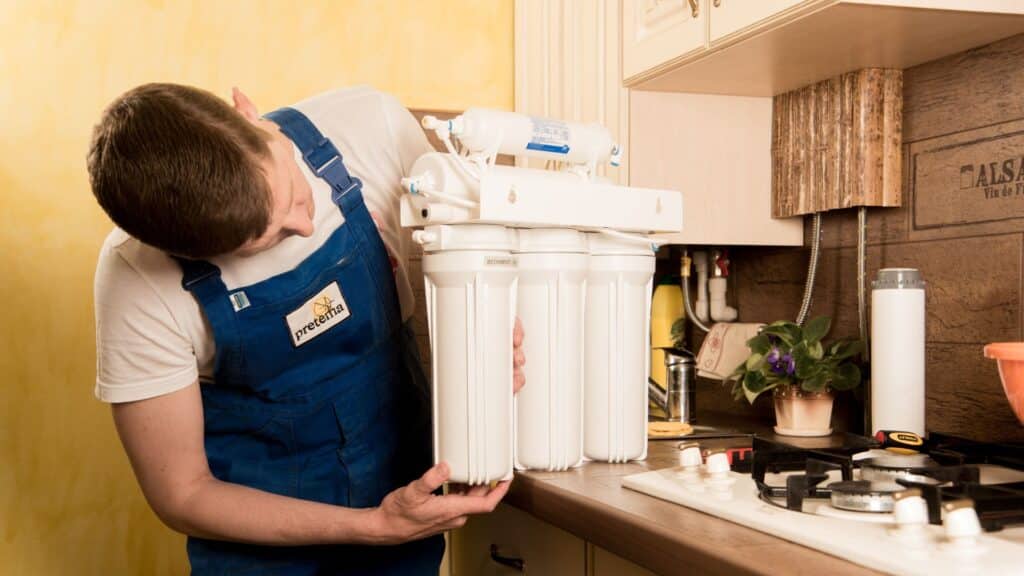
How to Use Water to Mix Formula
When it comes to feeding your baby, ensuring the right mix of water and formula is essential for their growth and development. With various types of water available, many parents may feel overwhelmed when choosing the best option for their baby’s formula. In this column, we will discuss the different types of water suitable for mixing infant formula, the importance of low-fluoride bottled water, and the best practices for formula preparation.
The World Health Organization (WHO) and the Centers for Disease Control (CDC) both recommend using safe water for mixing baby formula, as water quality can affect the nutrition and safety of the prepared formula [1]. Here are some types of water you can use to mix infant formula:
- Bottled water: If you’re unsure about the quality of your tap water or if it’s not properly treated, opt for bottled water when preparing your baby’s formula. Make sure to check the label for low fluoride levels, as too much fluoride can cause dental issues such as faint white lines on your baby’s teeth.
- Low fluoride bottled water: Some bottled water brands specifically market their product as “low fluoride” or “baby water,” making them ideal for mixing with infant formula. The World Health Organization recommends using water with fluoride levels below 0.01 mg/L for babies up to six months old.
- Tap water: If your tap water meets the appropriate safety standards, you can use it to prepare infant formula. However, be cautious if your area has high fluoride levels in the water supply. Boiling tap water can help reduce the concentration of certain contaminants but will not remove fluoride.
- Distilled water: This type of water undergoes a purification process that removes minerals and impurities, making it an excellent choice for mixing with baby formula. However, distilled water for babies lacks minerals that can be beneficial for your baby, so it’s essential to ensure that the infant formula you’re using provides all the necessary nutrients.
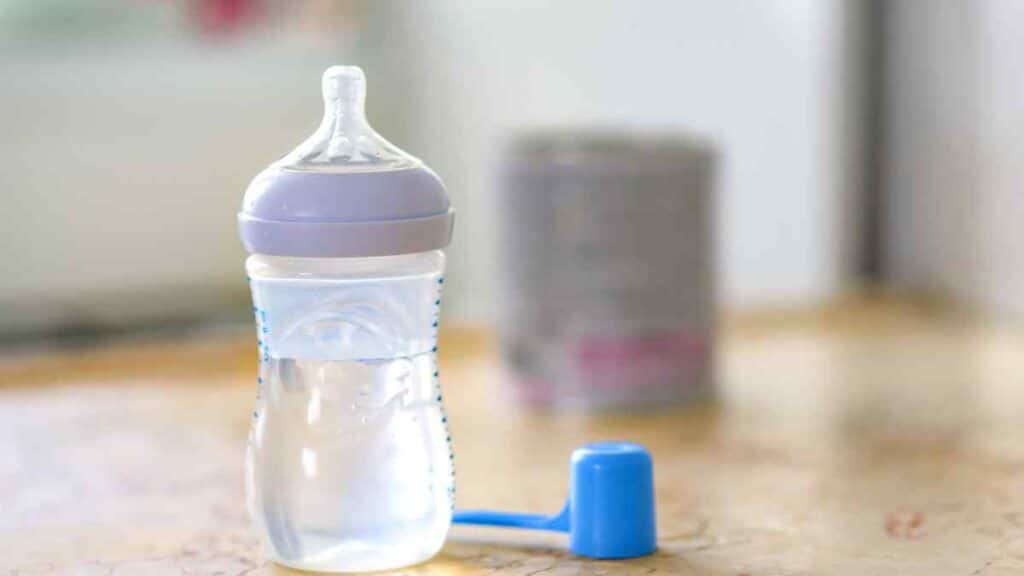
When preparing your baby’s formula, follow these steps for a safe and nutritious meal:
- Boiling water: Regardless of the type of water you choose, it’s crucial to boil it before mixing it with powdered formula. Boiling water helps eliminate any harmful bacteria or contaminants that may be present. Allow the water to cool to room temperature before adding the formula powder.
- Mixing infant formula: Follow the manufacturer’s instructions on the formula packaging for the correct ratio of water to powder. Use a clean, sterilized bottle and shake well to ensure that the formula is thoroughly mixed.
- Testing the temperature: Before feeding your baby, test the prepared formula’s temperature by placing a few drops on the inside of your wrist. It should feel lukewarm, not too hot or too cold.
- Storing prepared formula: If you need to store prepared formula, do so in a clean, covered container in the refrigerator. Use it within 24 hours, and discard any unused portions.
Conclusion
In conclusion, it is essential to pay attention to the water quality that your child is consuming to ensure that it is clean and safe. Poor water quality can pose significant health risks to babies, such as gastrointestinal illness, respiratory problems, skin irritation, developmental and neurological problems.
On the other hand, good water quality can help improve your baby’s health by promoting proper hydration, improved digestion, reduced exposure to contaminants, enhanced brain development, and better skin health. You can ensure that your child is getting safe water by testing your water, using a water filter, boiling your drinking water, using bottled water, or considering a water delivery service.
If you have any questions, please feel free to leave a comment below. We’ll do our best to get back to you as quickly as possible.



